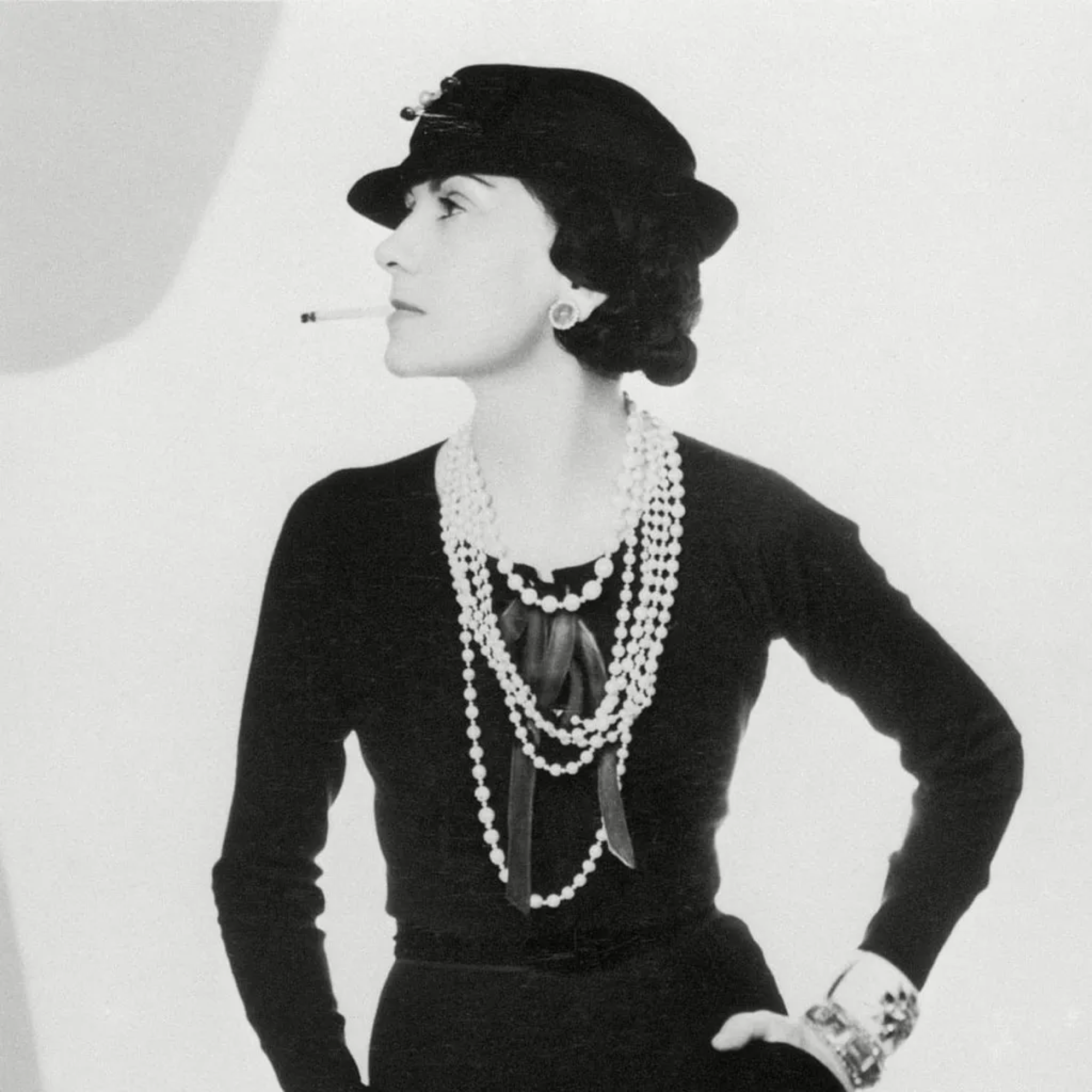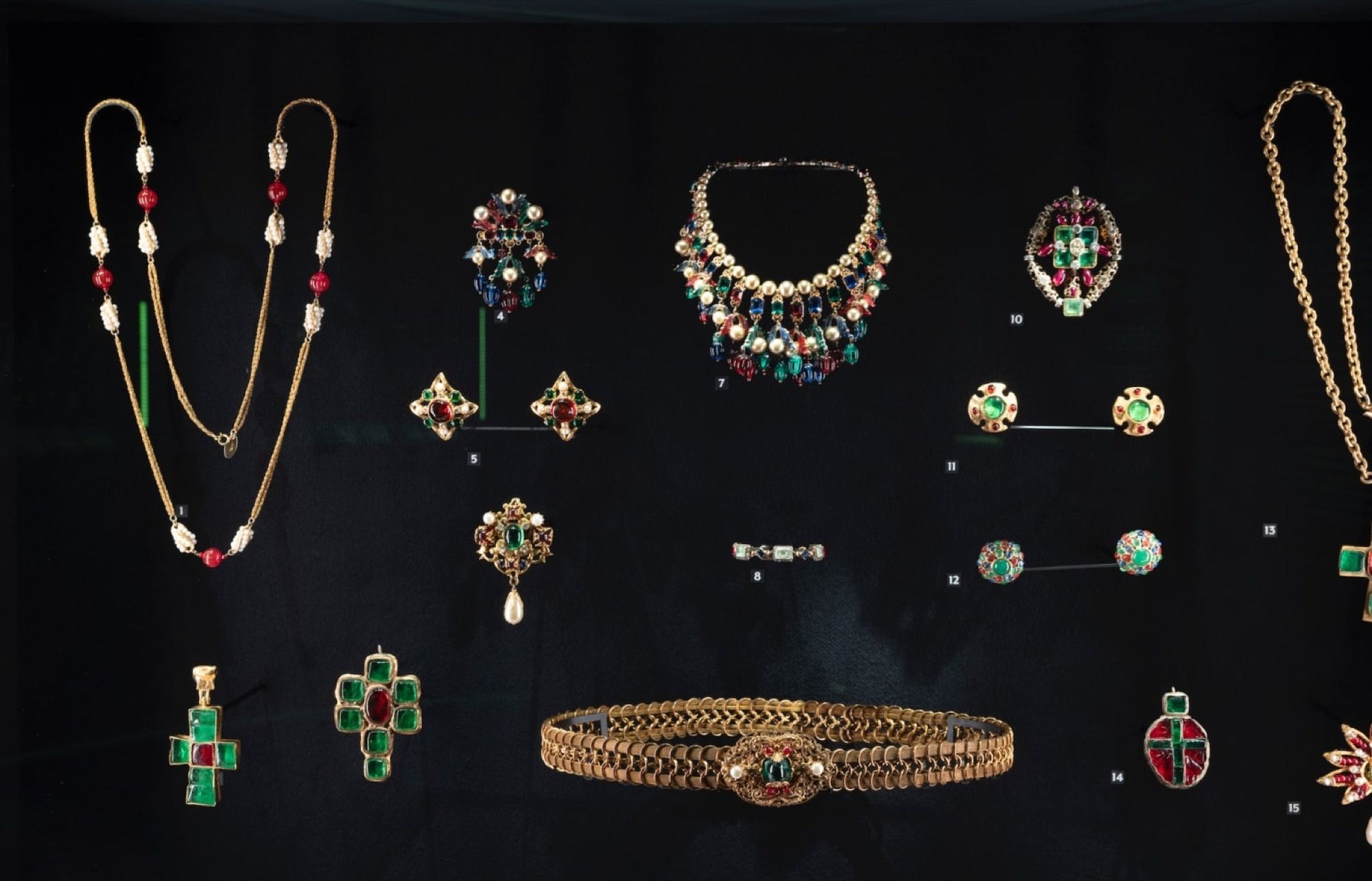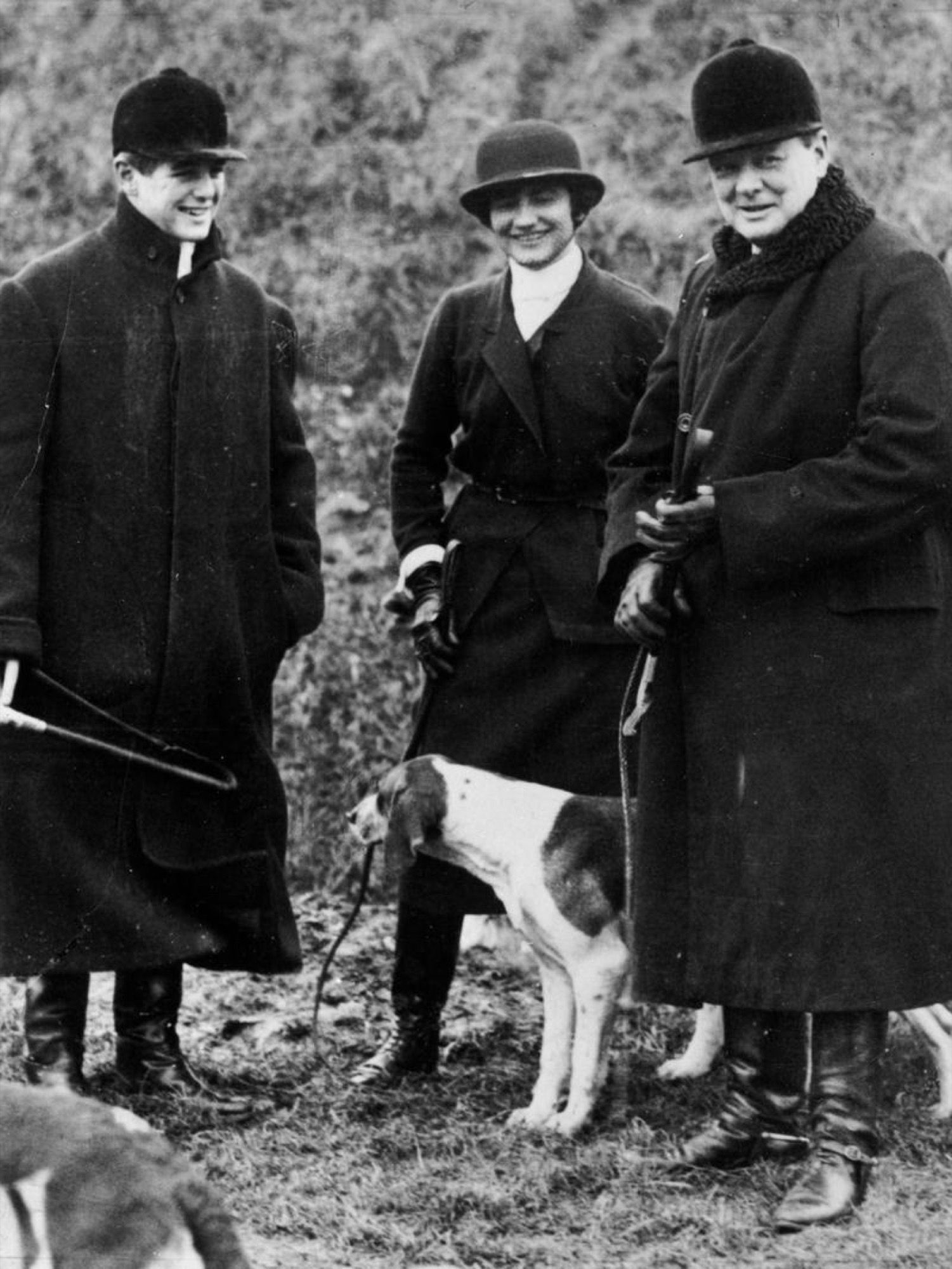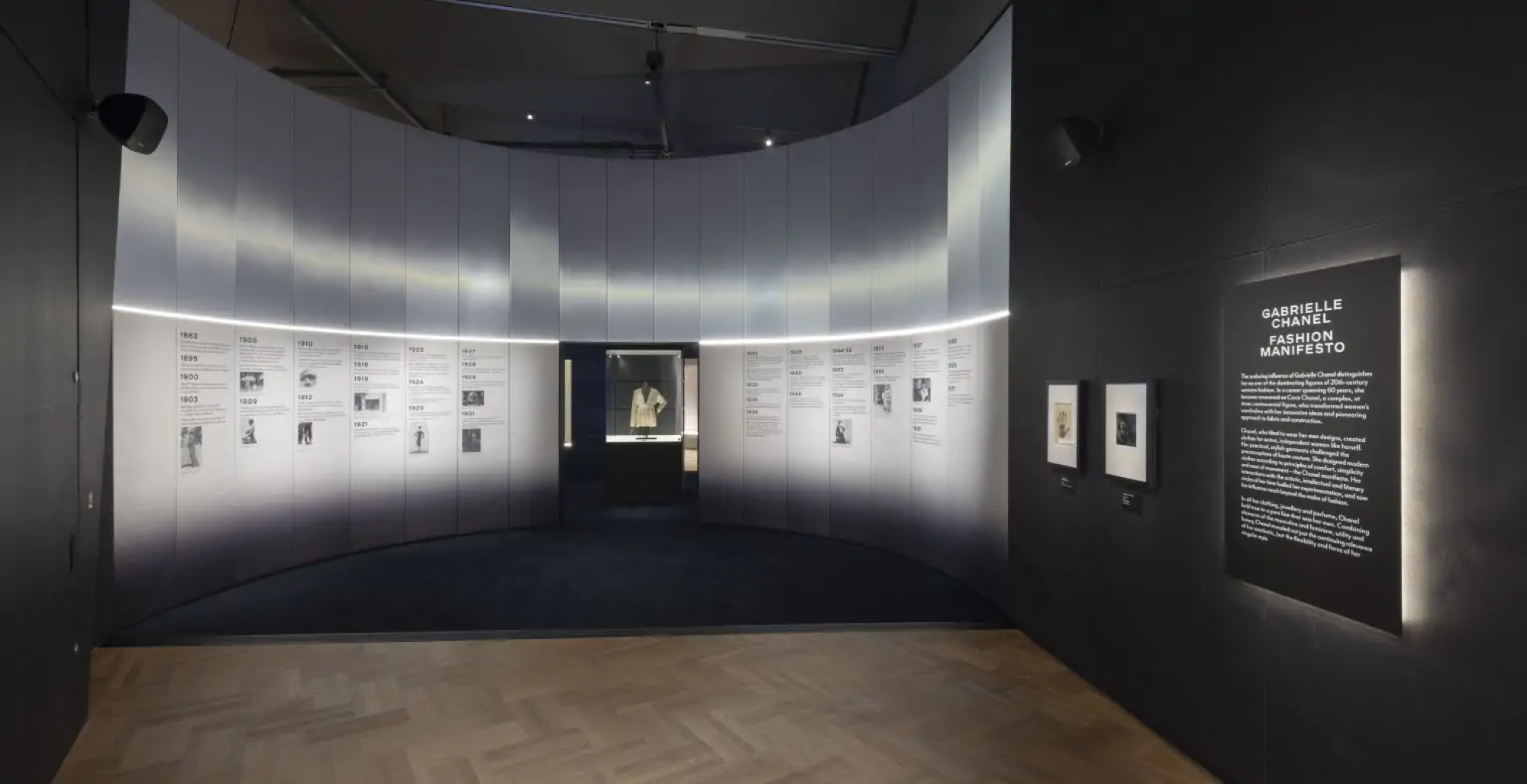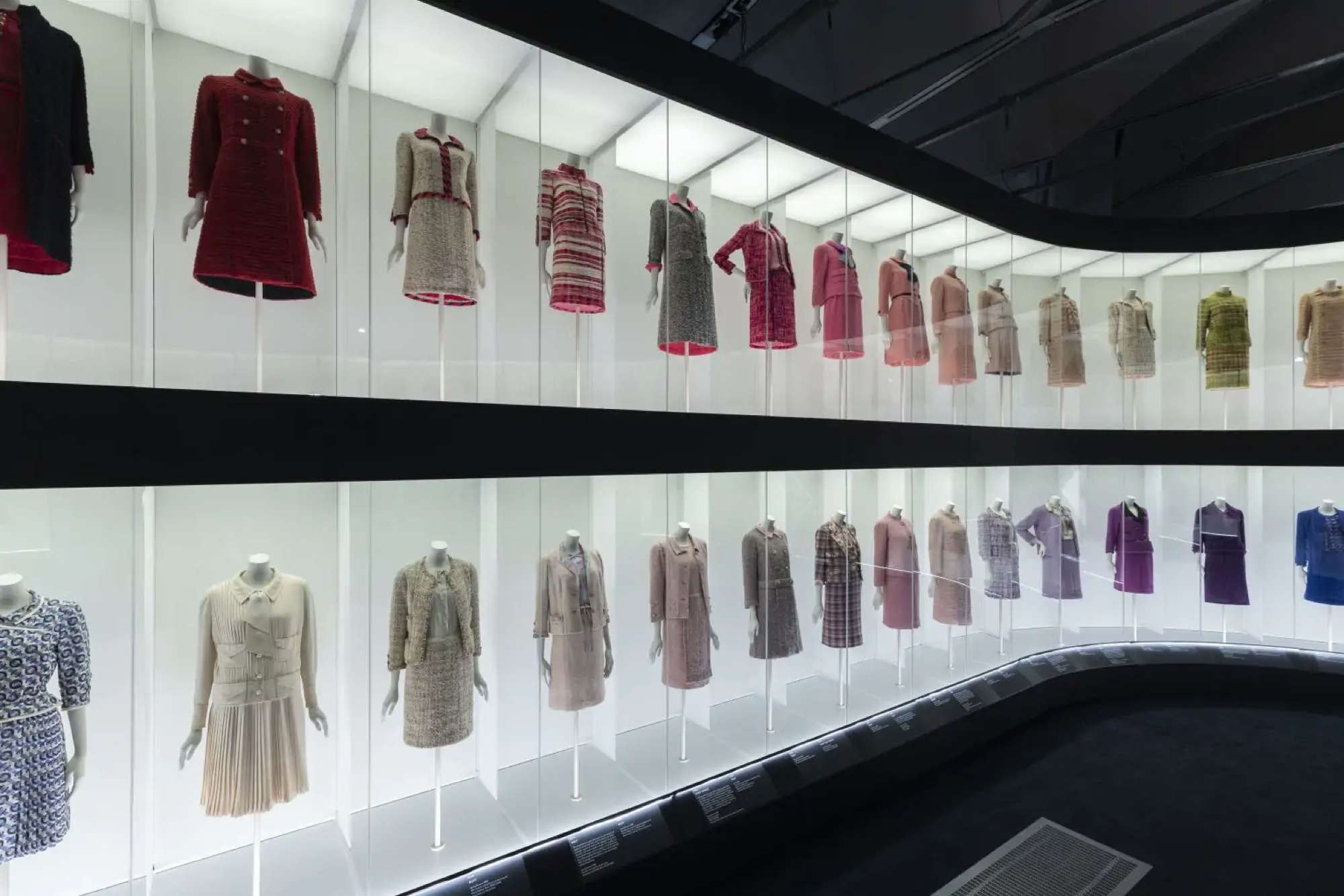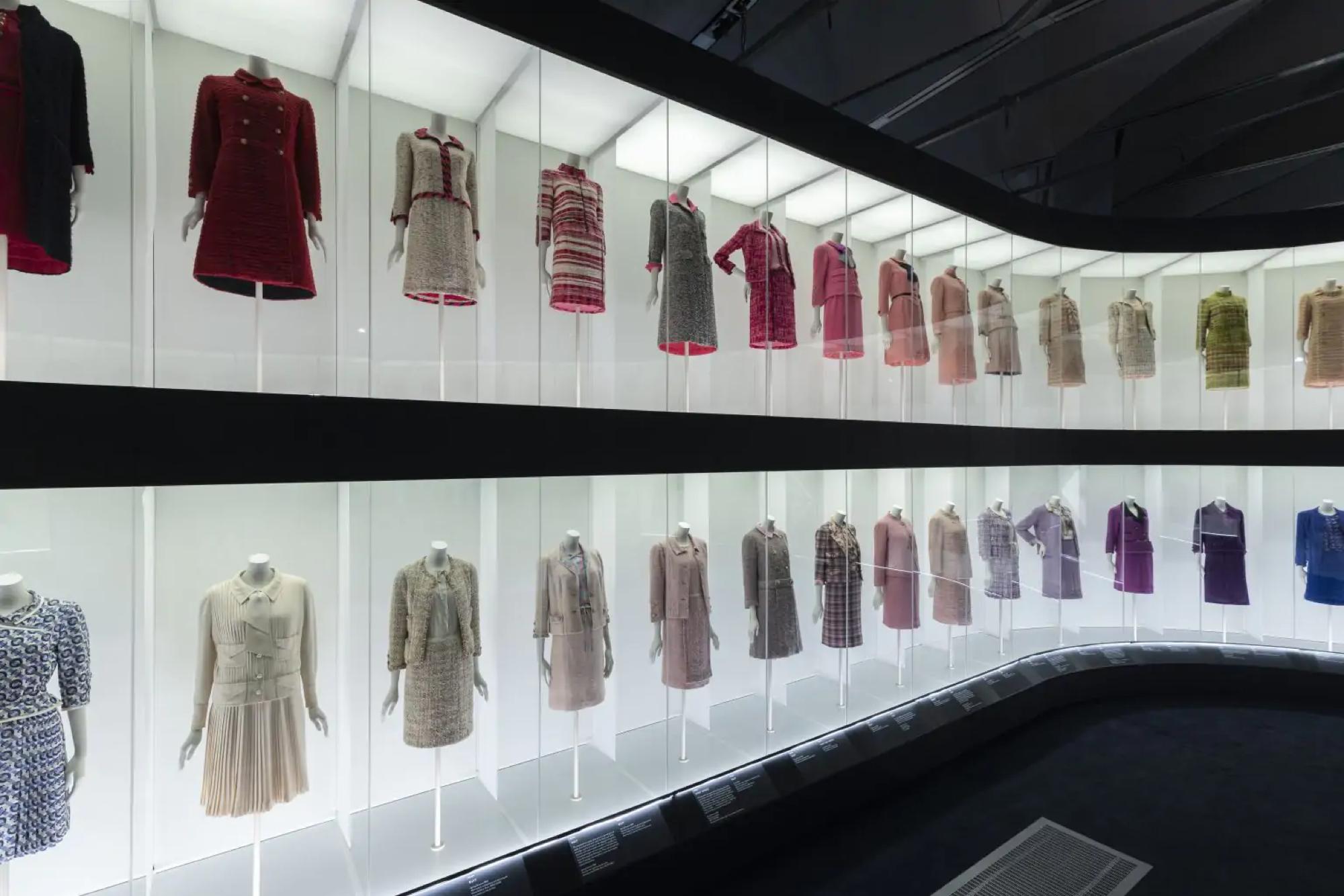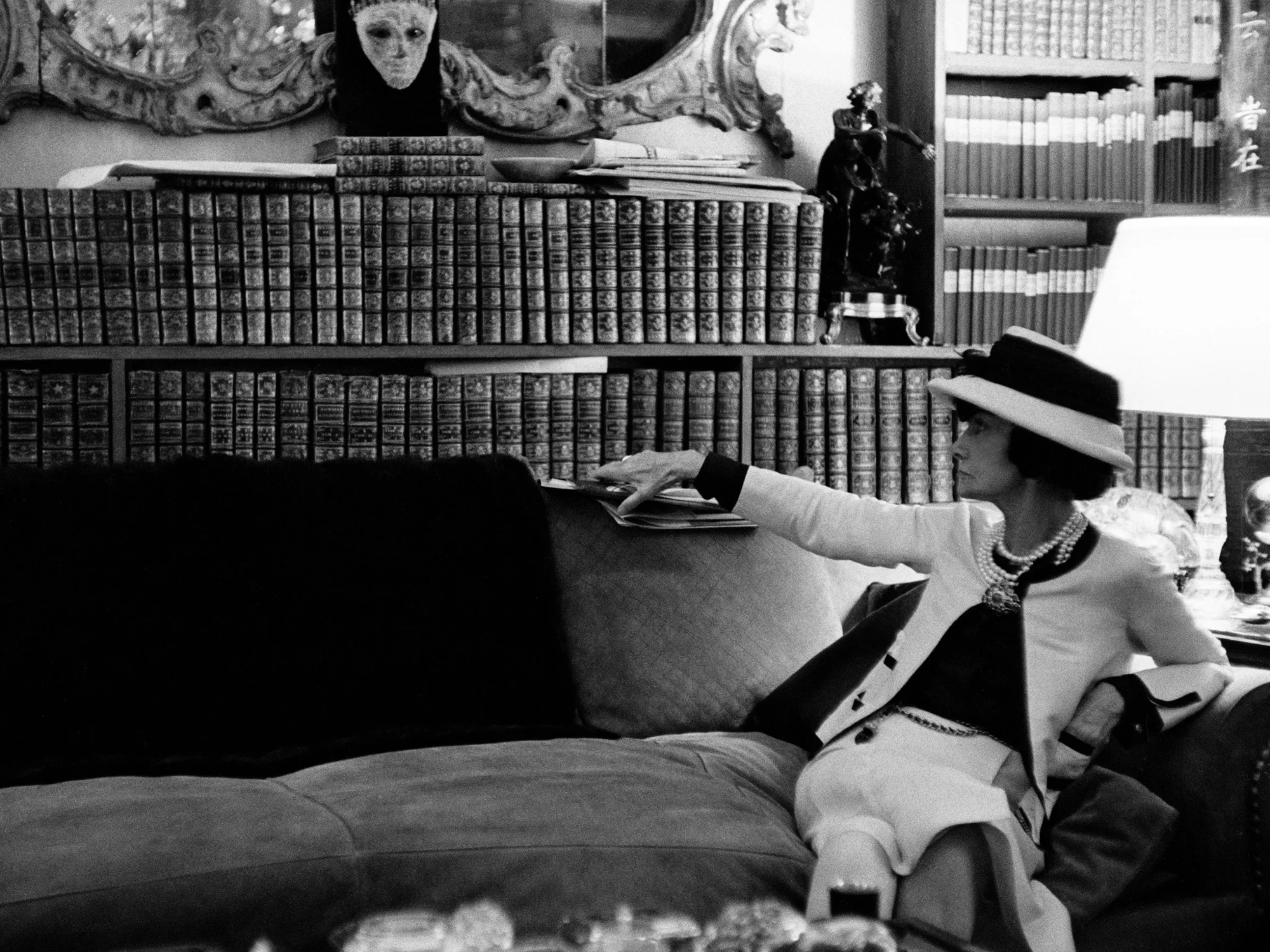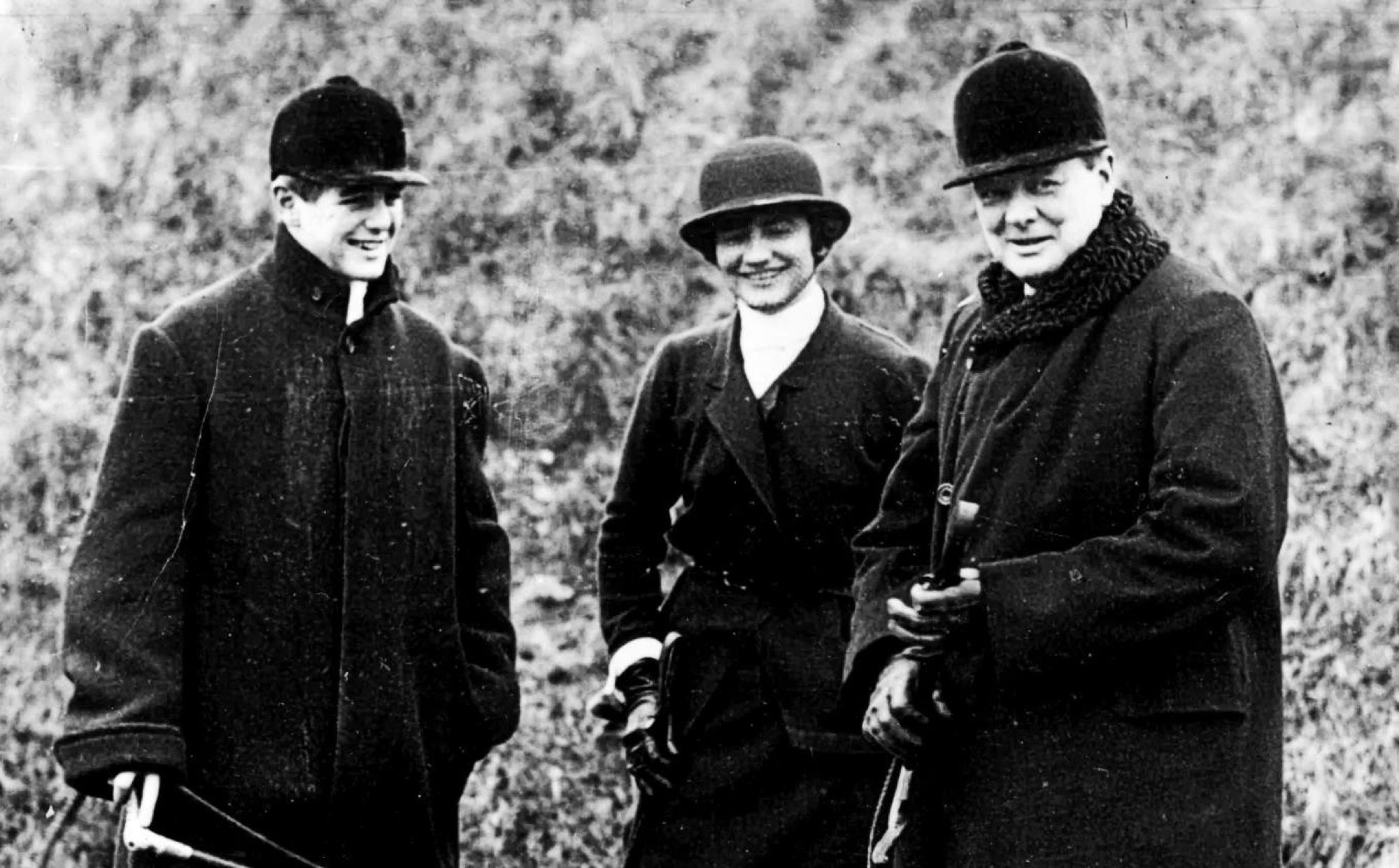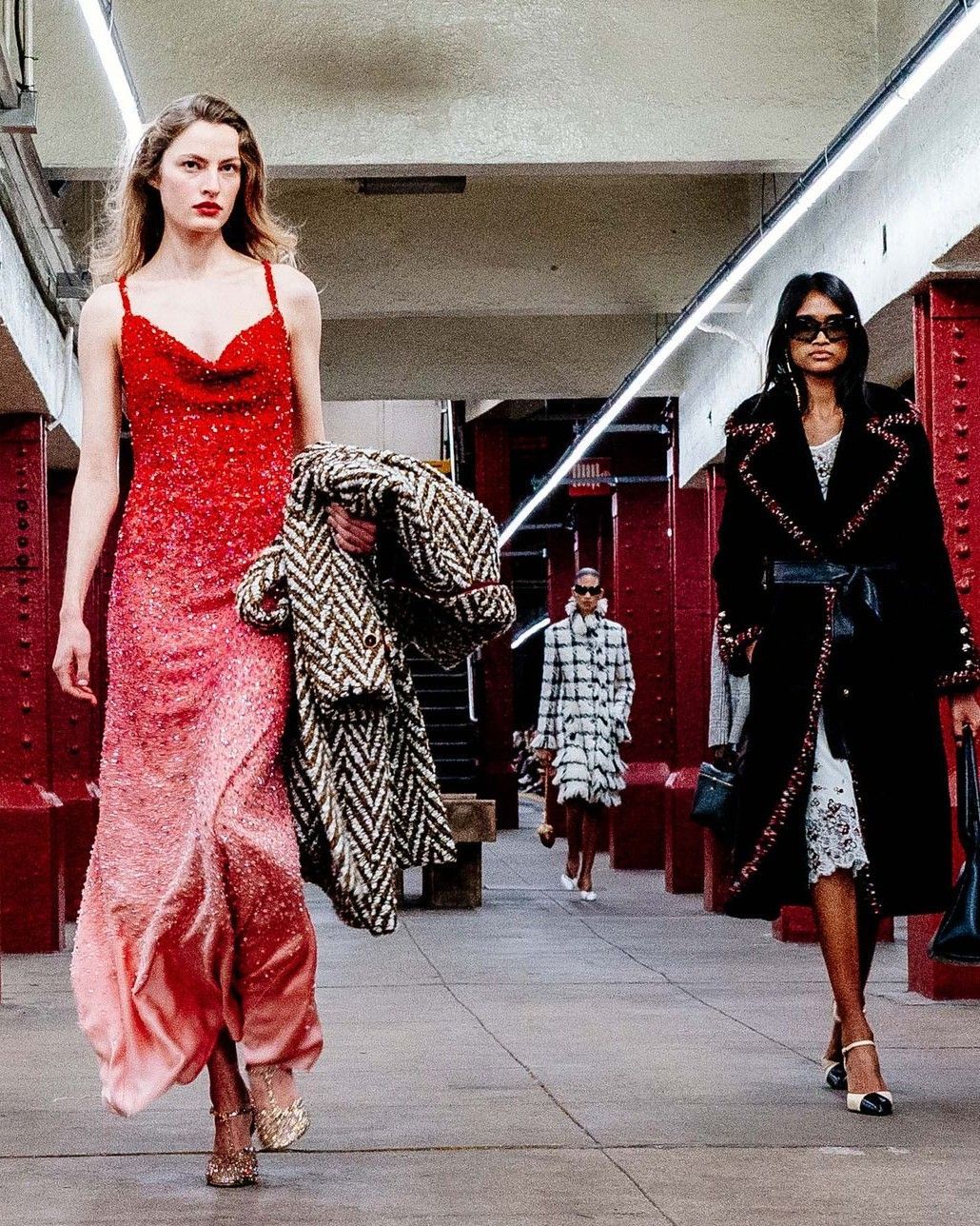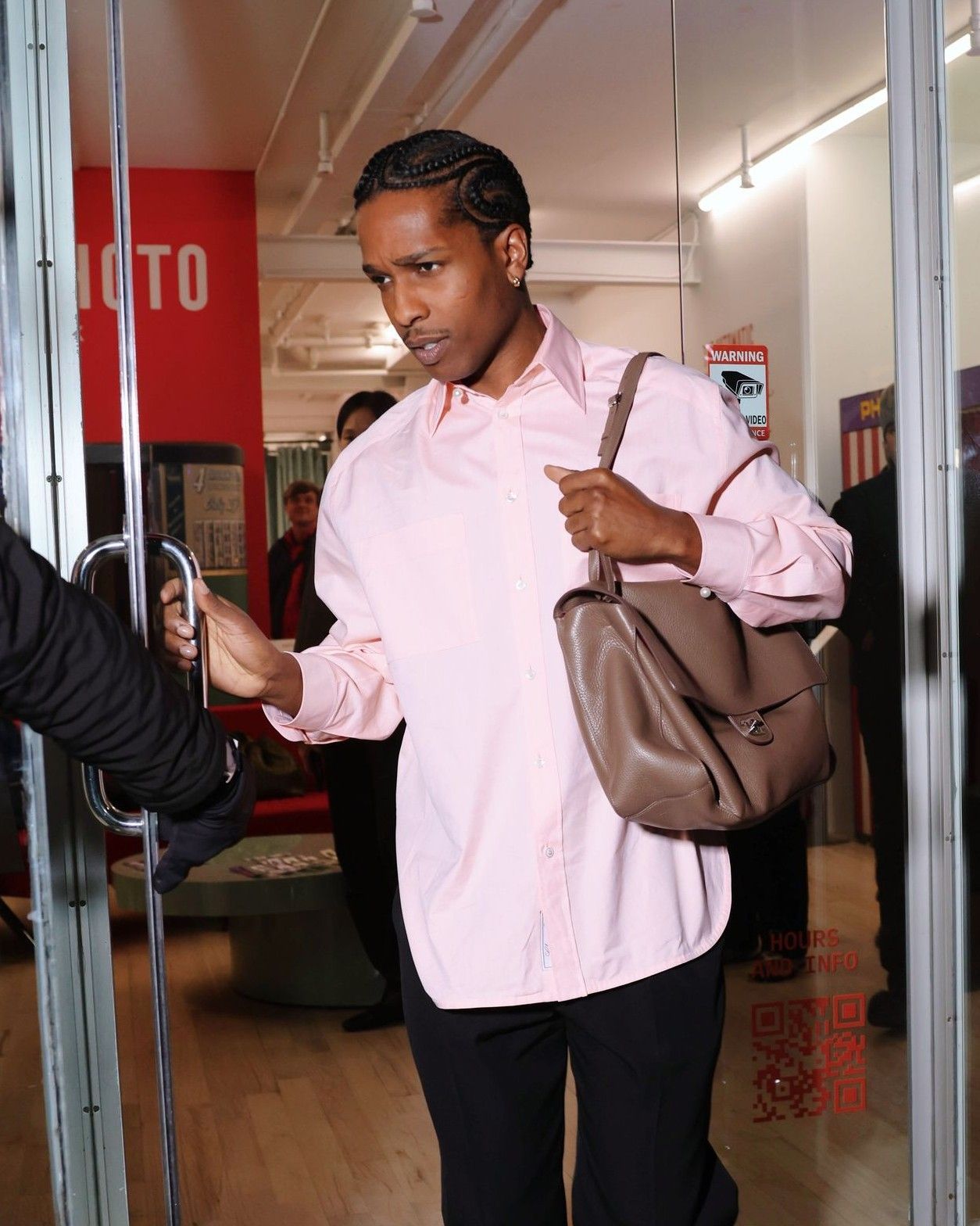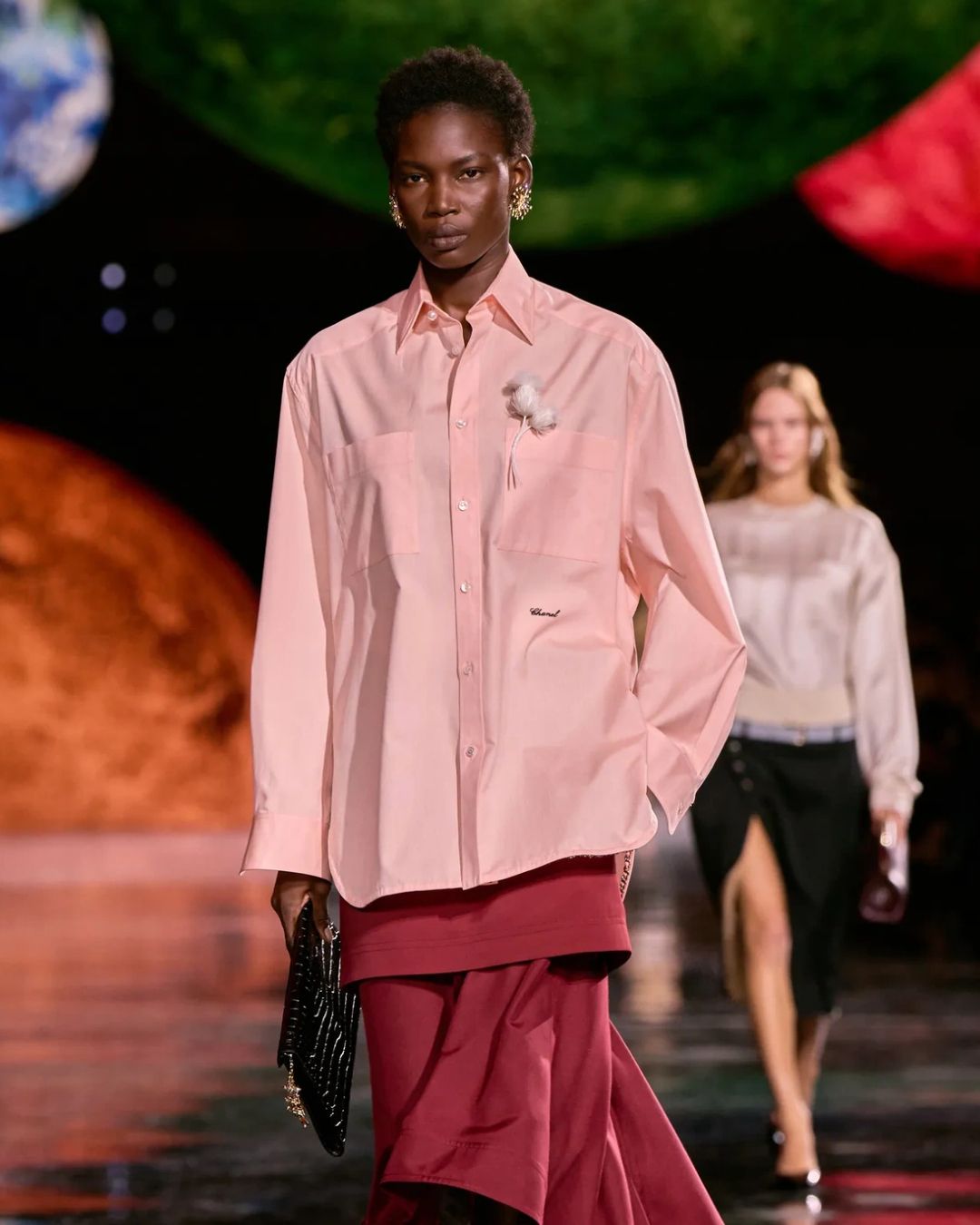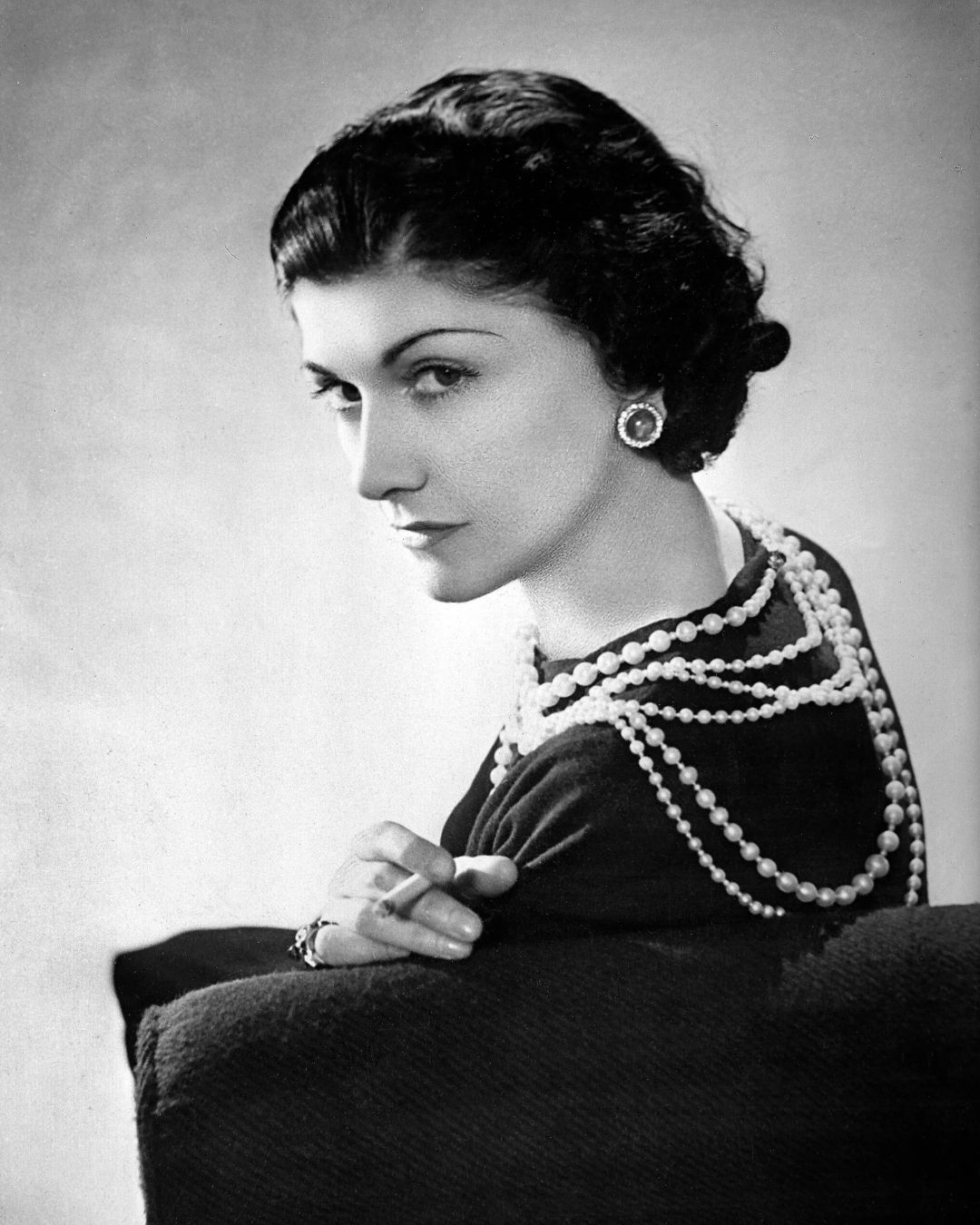
So, was Coco Chanel a Nazi spy or part of the Resistance? Probably both, as a new exhibition in London has revealed
Recently, an exhibition on Chanel was held at the Victoria and Albert Museum in London, where official documents were displayed proving that the French fashion designer was a part of the French Resistance during the Nazi occupation, fighting for the liberation of France. «We have verification from the French government, including a document from 1957, confirming her active participation in the Resistance,» said the curator of the exhibition, Oriole Cullen, in an interview with The Guardian. This issue is particularly relevant because it has been widely demonstrated that during World War II, Chanel had close ties to various controversial Nazi officials and conducted espionage missions for Nazi Germany, actively collaborating with German intelligence services. According to Cullen, her proximity to the regime can be attributed to the fact that the French designer was «instinctively right-wing,» having had a very difficult childhood spent in a French convent after her mother's death. She emerged from this state of poverty, of which she was deeply ashamed, by associating with nobility and artists who introduced her to the elite of the time. While Chanel was portrayed as a generous, loyal, and brilliant person, she also expressed conservative, anti-Semitic, and homophobic ideas on several occasions.
Chanel and the Nazi Intelligence Services
As reported in the biography "Sleeping with the Enemy: Coco Chanel's Secret War," written after some confidential French documents were made public, the designer moved to the Hotel Ritz in the heart of Paris following the Nazi invasion of France, where the most important Nazi military and diplomatic figures had established themselves. Among them was Baron Hans Günther von Dincklage, with whom Chanel had a relationship, and who introduced her to Agent Louis de Vaufreland. In exchange for her collaboration with the German intelligence services, the agent promised her the release of her nephew, who had been a prisoner in Germany since 1940. Chanel, whose code name was Westminster, was thus absolved by General Walter Schellenberg, the head of German intelligence, for an operation called "Modellhut." Although the ultimate purpose of the mission is still unclear today, the designer was supposed to report to Churchill, with whom she had been friends since the 1920s, that some important SS officials were planning to surrender or collaborate. Schellenberg was later tried and sentenced at Nuremberg but released a few years later for health reasons. Chanel took responsibility for his medical expenses, provided him with a lifelong pension, and fully financed his funeral upon his death.
Chanel's Post-War Life
After the Nazi occupation of France ended, Chanel sought refuge in Switzerland to avoid reprisals for her collaboration with the Germans. In the following years, a prominent British intelligence official, Malcolm Muggeridge, attempted to launch an investigation into the relationship between the designer and Baron Dincklage, who had introduced her to Nazi circles. However, Churchill himself intervened, and any potential charges were dropped. The exhibition at the Victoria and Albert Museum, titled "Gabrielle Chanel: Fashion Manifesto," includes transcripts of interrogations of three Nazi officials who identified Chanel as a source for German intelligence services. Simultaneously, it also presents official documents indicating that the designer was listed among 400,000 individuals who played an active and verified role in the French Resistance. «The new evidence does not absolve her. It only makes the picture more complicated. All we can say is that she was involved on both sides of the conflict,» Cullen clarified. The French press never forgave Chanel for her collaborationism. When, in 1954, 15 years after the closure of her fashion house and at the age of 71, she decided to launch a new collection, featuring cardigans, V-neck sweaters, blouses with bow ties at the neck, and bell-bottom pants, the line received a lukewarm reception in France, while it was considered young and fresh in the United States and England.










































